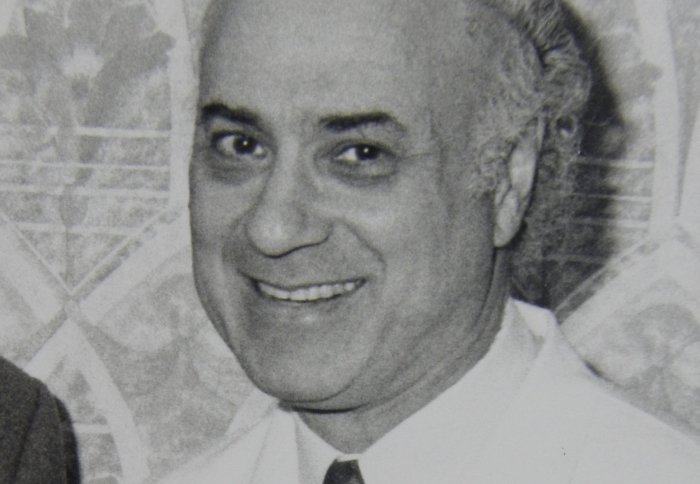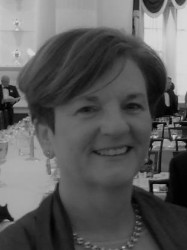
Professor John Michael Goldman 1938-2013

It is with great sadness that I have to inform you that Professor John Goldman died on December 24th after a short illness.
Born in London in 1938, John was educated at Westminster School and entered Magdalen College, Oxford, to read classics. He actually graduated with a BA in Psychology and Physiology and completed his medical training at St Bartholomew's Hospital. In 1970, after training posts in the UK and USA, he was invited to join the Department of Haematology at the Hammersmith Hospital and Royal Postgraduate Medical School (later part of Imperial College) by Professors John Dacie and David Galton, in order to build a small team focussed on the care of patients with haematological malignancies. With the addition of Professor Daniel Catovsky, this group would later become the Medical Research Council’s Leukaemia Unit, and would lead British and indeed international haematology in the development of new treatment approaches and the rigorous conduct of clinical trials, for the next twenty years.
As was the norm at that time the MRC withdrew from the unit at the time of David Galton’s retirement in 1987 and the Leukaemia Research Fund (later Leukaemia and Lymphoma Research) created the LRF Centre for Adult Leukaemia under John’s direction. John succeeded Professor Lucio Luzzatto as Head of the Department of Haematology in 1994, guiding the group through the merger of Hammersmith and Charing Cross Hospitals and continuing the tradition of excellent patient care, translational research and physician training until his retirement in 2004.
John’s major disease interest was chronic myeloid leukaemia (CML), and from 1975 onwards he pioneered the use of autologous and allogeneic transplantation for this disorder, building the largest centre for CML transplant in Europe. His group made many seminal observations in this field including the role of the donor immune system in preventing leukaemia relapse post-transplant, and they developed quantitative PCR to monitor response to treatment. He was elected President of the British, European and International Transplant groups and actively promoted donor recruitment and care, being the scientific director of the Anthony Nolan Bone Marrow Trust and the founder of the World Marrow Donor Association. In 1996 he recognised the potential of the selective tyrosine kinase inhibitors (TKI) to target the Bcr-Abl oncoprotein, the cause of CML. He worked tirelessly to bring these drugs into clinical practice and was rewarded by seeing this previously fatal disease become a chronic disorder compatible with a normal life span.
John was a fine physician, dedicated to and much loved by his patients. Through the departmental charity, Leuka, he succeeded in raising sufficient funds to build a dedicated haematology centre in the Catherine Lewis Building, named for one of his patients, on the Hammersmith site. He was an exceptional teacher and clinical translational researcher, publishing more than 700 papers and attracting visiting fellows from around the world, many of whom returned to their countries to lead their own departments. In his retirement he continued to edit the journal he created (Bone Marrow Transplantation), to write, to lecture and to organise the annual ESH-CML meeting, the premier scientific event in the CML calendar. He was erudite and a remarkable polymath, just as comfortable discussing Shakespeare, Greek mythology and Nelson as he was in managing leukaemia. Above all he was a kind and generous man, approachable and encouraging to his junior colleagues, and always supportive of their research. He will be much missed by all who knew him.
Article text (excluding photos or graphics) available under an Attribution-NonCommercial-ShareAlike Creative Commons license.
Photos and graphics subject to third party copyright used with permission or © Imperial College London.
Reporter

Jane Apperley
Department of Immunology and Inflammation

Contact details
Tel: +44 (0)20 3313 3237
Email: j.apperley@imperial.ac.uk
Show all stories by this author


